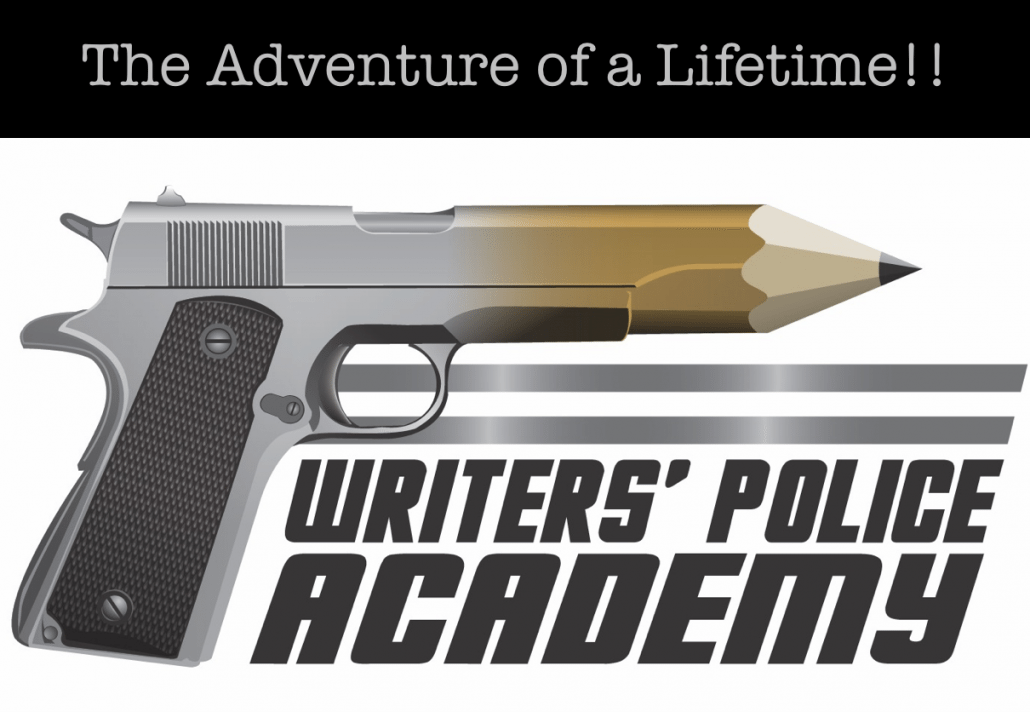
Writers’ Law Enforcement Academy – Murdercon
Last week, one of my best writing buddies and I flew from Denver/Chicago to Appleton, Wisconsin, for the Writer’s Law Enforcement Academy, more affectionately known as Murdercon.
The Town
Wandering around the small college town, we found that a great many sidewalks were currently being replaced—making our walking tour a bit of a challenge.
Undaunted, we found Apollon, a fantastic Greek restaurant over on North Appleton St. We weren’t sure the place was open because construction workers had roped it off and had newly poured the sidewalk in front. But with persistence, after skirting the barricade, we entered a lovely dining room and enjoyed a delicious, well plated meal.
The Hotel
Later that evening, our first adventure began. Our room key worked approximately once out of every fifteen tries and took a team effort to open the door in the half-second it allowed when the little green light randomly gave us a chance. We might have put up with that if only the air conditioning worked.
The hotel staff graciously set us up with a new room… where the air conditioning also did not work. The third room of the evening was perfect, except for a similar electronic lock issue, and the challenge of remembering our room number since it had changed so many times. The screwy key situation continued to be an issue throughout our stay, but otherwise, the hotel was lovely.
Day One
Touch a Truck

On the first day of the conference local Emergency Response Teams came to the expo hall with their various vehicles. I met firefighters, police officers, and a S.W.A.T. officer. I toured their vehicles and learned about their specific missions. Most exciting to me was meeting Stig – a K9 who works with people suffering from PTSD. I learned about K9 first aid and the necessity of first responders knowing how to care for these specialized partners.
Day Two
Tactical Operations and Simulations
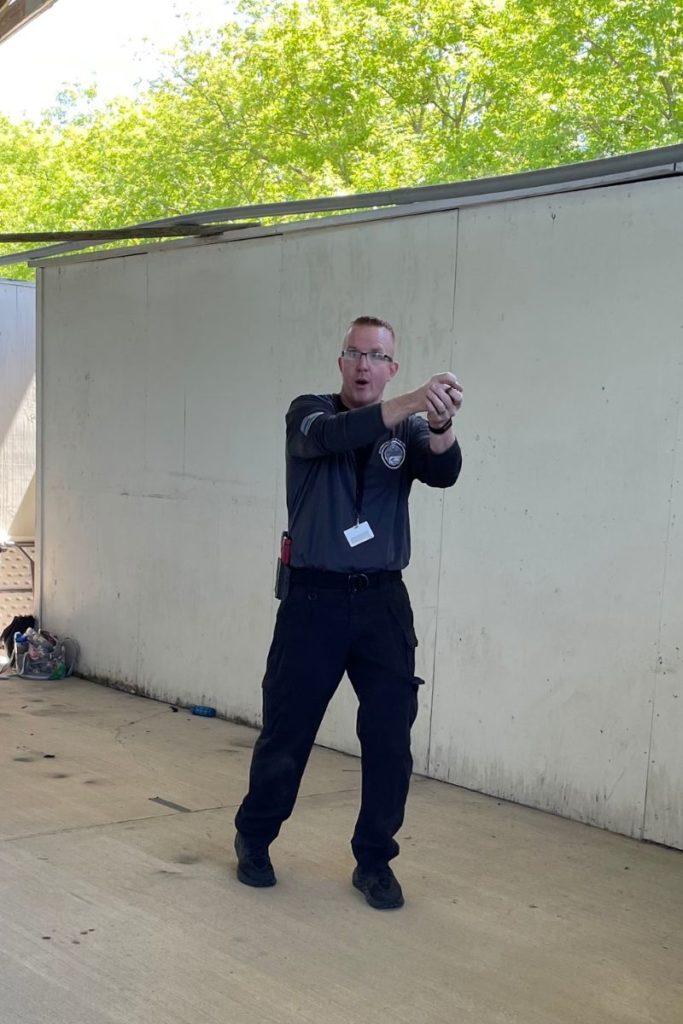
The first workshop I attended in the Writers’ Law Enforcement Academy was Tactical Operations. Instructors gave each person in our group a plastic gun to work with. We learned the proper way to hold and aim the weapon. I have some experience with firearms, but I learned a better way to aim and the SUL position of carrying a gun safely and in the ready. Our instructors from the police academy, in all my courses, were incredible communicators with a sense of humor and patience with all of us newbies.
After we practiced our holds, we learned how to clear a room. We watch this on TV all the time, but the footwork and choreography that goes into a line of police entering a building or room was impressive. The two door entry methods we learned were the crisscross and the buttonhole. It is a ballet of combined footwork and weapon readiness that police officers practice over and over until it is a fluid dance designed to keep everyone in the situation safe.
Simulations
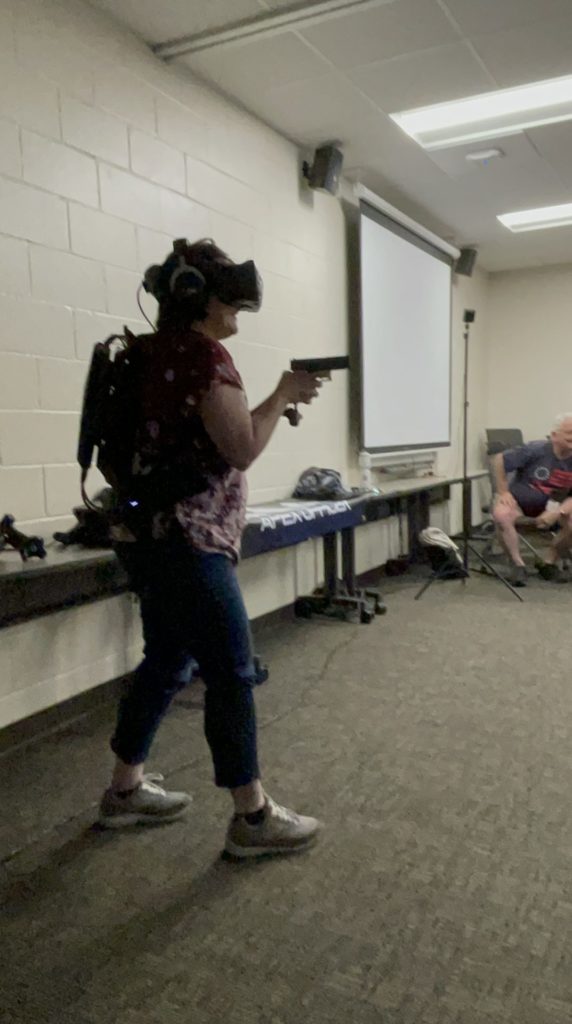
After lunch, we went to a virtual reality training that was similar to the Oculus VR game systems. We watched the scenario on a large TV screen while the person wearing the headset attempted to deal with the simulated situation. Following that course was the “Simulator” where a situation happens on a wall sized screen and the participants attempt to handle all that is going on as we were police officers. There were domestic abuse scenarios, traffic stops, and the one I took part in; an active shooter inside a police department.
These simulations instill a high level of understanding and respect for the incredible situational awareness police officers must employ to deal with these situations. The amount of input a person has to take in and assimilate is stunning. On top of the input, are the Rules of Force Options. The officers’ focus is on de-escalating a situation, if at all possible. First, hopefully by their presence and dialogue alone. If necessary, a police officer might need to control the situation by implementing an escort hold or handcuffs. The next step might rise to a protective alternative such as the use of a taser, though these are only 40% effective for many reasons. Taser’s have two barbs, and both must connect to work. Thick clothing or coats make this impossible—even if both barbs land on the target.
Deadly force is always the very last resort. It amazed me to learn that most cops will never fire their weapon at all during a 20-year career.
Day 2
K9
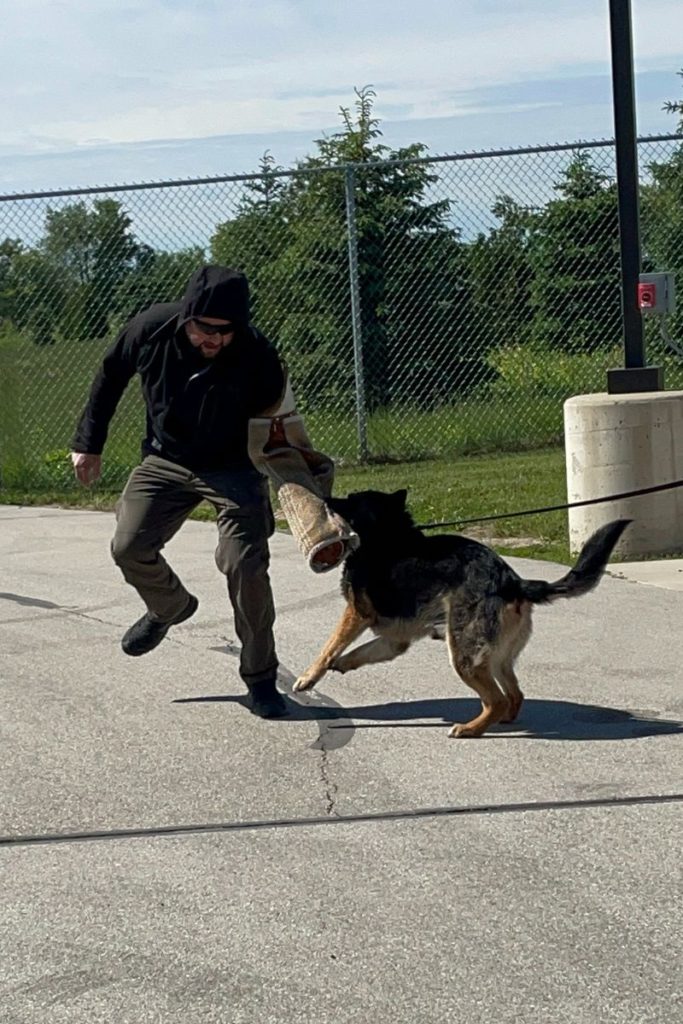
Of course, the K9 section was my favorite course in the Writers’ Law Enforcement Academy! These dogs are so incredible! I could do a full blog post on them alone. The dogs we met came from a kennel in Canada. Their primary job is tracking and drug detection in schools, vehicles, office buildings and the jail. I learned that when a K9 alerts to the scent of drugs, it is enough to give the police K9 handler probable cause to search. To maintain this privilege, they must certify the dogs in the specific scents and must re-qualify them annually to maintain their certification cards, which serve as the dog’s credibility in court. Once a dog has established probable cause—regardless of evidentiary elements—a warrant can be issued and used in the future. The law considers K9s “a less than lethal” weapon similar in threat level as a taser.
These dogs are excellent trackers and will stay on a single scent track regardless of other scents in the area. When they find what they are looking for, these dogs perform a silent “lock and stare” alert. They will stare at the marker almost like a pointer and wait for their handler. Most of the dogs used in this work are male, though females are equally great at tracking, they are less apt to do well in bite work.
If you like to read crime thrillers with amazing K9s, check out my books on Amazon. Not ready to dive into a new series? Grab one of my free novellas from my website!
Tactical Driving
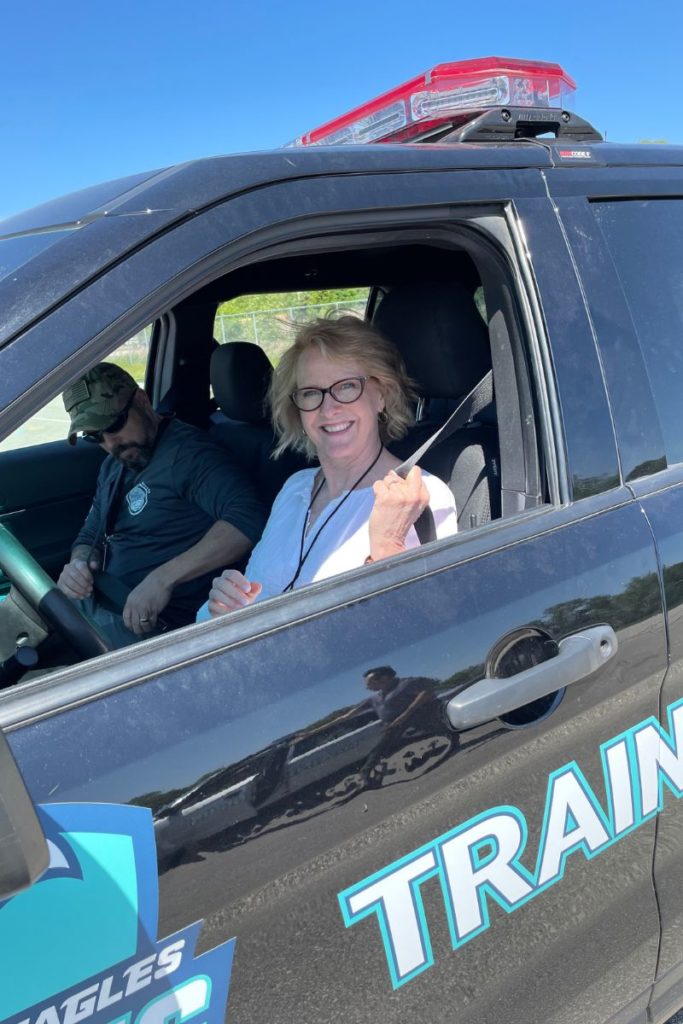
This was by far the most fun. My instructor drove me and a partner around the course, showing us how to hold the steering wheel while making abrupt turns and stops. We learned the low-high-low concept of an accelerated 90-degree turn, threshold stops, and a speedy serpentine maneuver. Okay—so speedy for me was only 20mph, but even that was difficult. What a fun class, and another one that built my awareness and respect for the men and women who become excellent at all these skills so that they can ultimately keep the community safe.
Defense Tactics
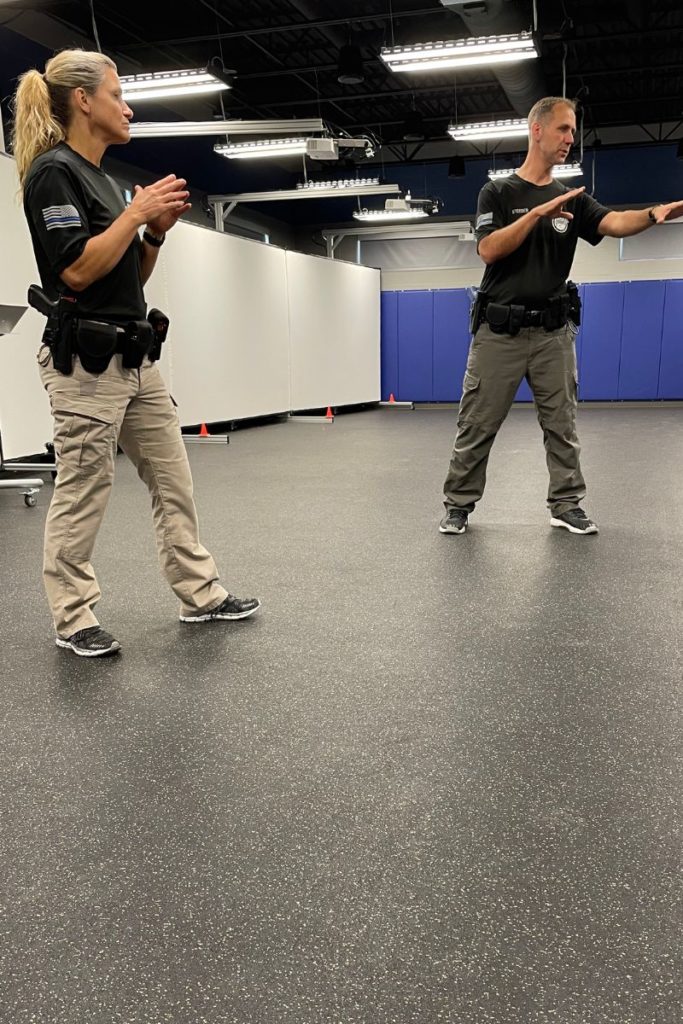
Though I had hoped this would be a more hands-on training (especially after lunch when I was sleepy), I learned so much about how cops work to de-escalate any scenarios they are called to. First and foremost, they want to deal with the situation with as little conflict as possible and begin by being aware of their body language on approach. Dialogue is the next most effective tool. There is a meticulous list of actions in a specific and correct order they must follow before ever getting into a physical situation.
Of course, the person they are dealing with can speed that list up if they initiate physical or life-threatening behaviors. Still, the police officer’s goal is not to fight, but to stop the situation from escalating. Cops must stay in control of their emotions and receive training in emotional intelligence. Before officers use deadly force, they must have gone through all other options and determined that all other levels of force are either ineffective or already in use. The perpetrator must have a weapon, show harmful intent, have a delivery system, and pose an imminent threat.
Following an apprehension, the police stabilize the attacker, usually with handcuffs. Then they monitor and debrief not only the captive but each other. They then search the suspect and escort them to the squad car, finally transporting them to the jail and turning them over to the intake officer.
Police officers must have outlets for their stress and emotions. And mental health is a high focus for wellness. Cops are encouraged to maintain a regular exercise program, a healthy diet, and to stay away from alcohol. They make sure to disengage from their jobs and just be a person—working to have a break from constant vigilance in order to maintain their mental health.
Conference Speakers
Four speakers topped off my learning from the Writers’ Law Enforcement Academy conference. First, was the crime reporter who broke the story of serial killer Jeffrey Dahmer and is the author of “The Man Who Could Not Kill Enough.” Another serial killer presenter was Dr. Katherine Ramsland, who is a psychologist who worked with Dennis Rader, the BTK Killer. She has written and produced many works involving forensic psychology. Alan Hardwick shared his experience as a law enforcement officer in Edmonds Police Department in Washington, who, after 9/11, worked closely with the FBI and the Intelligence Community where he helped direct terrorism investigations around the world. And finally, our keynote speaker, Robert Dugoni, the acclaimed author of the Tracy Crosswhite police series set in Seattle. I won’t go into all the information these speakers shared, but I’ve provided links for you if you want to do a deeper dive.
Writer’s Police Academy – Murdercon 2022
This was an outstanding conference for writers, and anyone interested in the authentic police training and procedure. I am certainly hoping to go next year too! Maybe you’ll come too. Until then, read some exciting crime thrillers with amazing K9s. Get my books on Amazon. Not ready to dive into a new series? Grab one of my free novellas from my website!
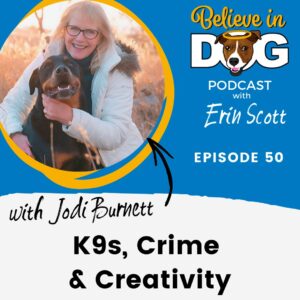

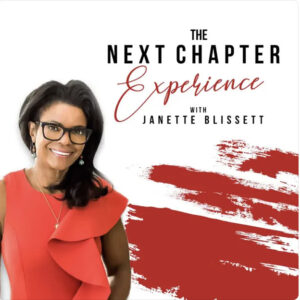

Thanx for sharing Jodi
You’re welcome, Fran! So glad you enjoyed my post!
Jodie, As a writer, what you have done for Law Enforcement is awesome. Taking your time to learn about the life of a Police Officer to make your stories accurate is commendable. I have over forty-five years in Law Enforcement, both state and federal. It galls me to read a story when the writer makes up their own rules without research. That type of writing leads to so many misconceptions and often adds to the dislike of Law Enforcement. There are so many facets of L&E assignments and each takes on its own unique rules. Vehicle patrol, motor officers, foot patrol, mounted, K-9, Helicopter, Marine, Detective, and Admin. You have covered a lot and hope you had fun. Some training can be daunting, but in the field, your life may depend on that training. Again, thank you! I have enjoyed your series and I am looking forward to more of your writing.
Hi Gary, thanks for your encouragement. I’m grateful to all those who serve in law enforcement and risk their own lives to keep the rest of us safe. Thank you for reading my books. It’s gratifying to know that you find them believable. I try to get things right, though I know sometimes a slight stretch is needed here and there for the sake of the story. I’ve learned so much from all the law enforcement officers I’ve come in contact with. And – thank YOU for serving!
I don’t usually take the time to read all the author blogs I follow as I hardly have time to read their books, but your blog caught my attention. I read all of it and it was very interesting. The conference sounds really interesting and it sounds like you got a lot of first-hand info to use in your books.
Hi Shelly,
Thank you so much for taking the time to read this post! I’m the same… so much to read – so little time! I’m glad you found my experience interesting. I learned so much that I hope to bring to my books. I was impressed by the professionalism of all the presentations. Thank you for sharing your thoughts and for reading! Have a fantastic day! ~Jodi
Wow so awesome! That sounds very exciting and quite informative.
Hi Tricia,
Thank you! I’m so glad you checked out this blog post! The conference was certainly an opportunity of a lifetime. I hope to go again next year. Thanks so much for your comment! Take care! ~ Jodi
Good job, Jodi! Very interesting!
Thank you so much! I’m glad you enjoyed it. The event was incredible and I’m so happy I was able to attend! ~ Jodi